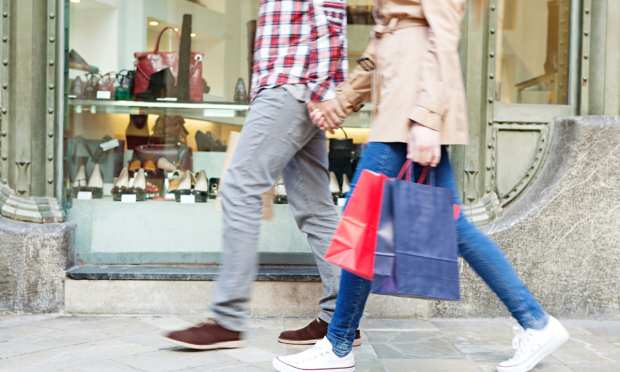January Retail Data: Sustainable Rebound Or Artificial Stimulant?

The latest volley of retail spending data shows that the worst is behind us regarding the pandemic’s drag on consumers. Maybe. Or it could be that the stimulus payment stimulus may soon fade. To that end, retail sales were up 5.3 percent in January, over December’s levels, tied in part to the fact that millions of Americans received stimulus payments in the latest round of a $900 billion aid package.
The latest reading from the U.S. Census Bureau begs the question: Just how entrenched might the spending gains be?
One data point gives further credence to the fact that we’re in a retail world that extends beyond brick-and-mortar. Non-store retail sales include eCommerce transactions and grew 11 percent over December 2020’s levels and a whopping 28.7 percent over January of last year.
In an example of some indications that the restaurant industry, and in particular, in-place dining, may be getting a bit of tailwind, the food and drink “places” segment of the report showed a 6.9 percent gain over December 2020’s level, though of course, the latest reading was down double digits from last year.
There was some proof positive that spending on discretionary items — especially gadgets — continued well after the holiday season. The latest retail spending numbers show that sporting goods, hobby, musical and investment spending was up 8 percent from December, and more than 22 percent from last January. Electronics and appliance stores reported gains of 14.7 percent from December’s levels.
Yet here’s a wrinkle that may show the spending uplift may be short-lived.
As noted by PYMNTS, it’s been reported that lower-income recipients of stimulus payments have been spending those funds, even the money that went out in the first few weeks of this year. As has been widely reported, the stimulus payments have been targeted for people making less than $75,000 a year. Consumer spending surged by 20 percent in the week that ended Jan. 10. Spending by higher-income households was flat during that same period.
That period is already reflected in the most recent Census data reported Wednesday (Feb. 17), so the impact of the stimulus has already been captured. In other information that hints that the dry powder has already been lit, consider the fact that, per a separate report, sales at U.S. department stores in January grew 1.5 percent year-on-year. Mastercard, too, said the second round of stimulus checks kept retail sales up by more than 9 percent in the month, where a 62 percent gain in eCommerce was a key tailwind.
But to quote an old vaudeville line: What do you do for an encore? Unemployment remains stubbornly high, and stimulus rounds are no way to bank on having enough money coming in to keep spending. Might the fact that applications to start new U.S. businesses were up in January, despite rising COVID-19 cases, be a leading indicator for better job prospects — and a more sanguine, sustained spending environment (at least down the line)? The Commerce Department data from earlier this month showed that new business applications surged 42.6 percent in the first month of the year. Yes, many people who are unemployed have been pivoting to start new businesses — but that means they’ll look to hire others if things go well. Time will tell, of course, whether January’s retail sales represent a trend or a blip.
